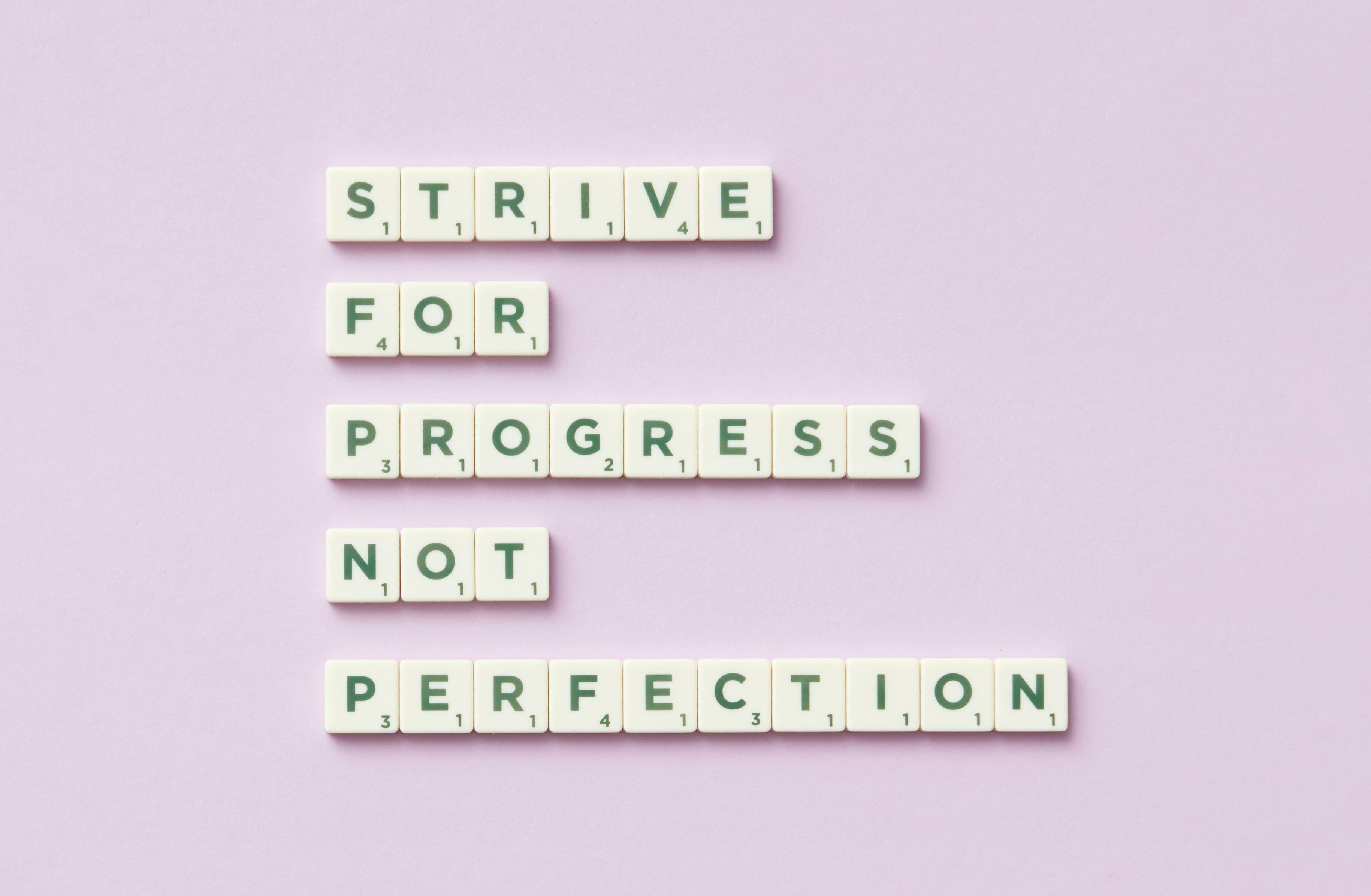Anxiety has a way of hijacking our thoughts, pulling us into worries about the future or regrets from the past. When anxiety takes over, it’s easy to feel overwhelmed, disconnected, or even paralyzed. Grounding techniques can help bring you back to the present, quiet your mind, and calm your body. Think of grounding as an anchor, helping you find stability in moments of emotional turbulence.
Research shows that grounding techniques are highly effective at reducing symptoms of anxiety and stress. A study published in Behavioral and Cognitive Psychotherapy found that grounding practices helped reduce anxiety symptoms in 75% of participants by improving mindfulness and focus. These techniques are practical, accessible, and can be used anywhere—whether you’re at home, at work, or in a public setting.
In this guide, we’ll explore various grounding techniques designed to help you stay centered when anxiety strikes, allowing you to reconnect with the present moment and find a sense of peace.
What Are Grounding Techniques?
Grounding techniques are strategies that help redirect your focus away from distressing thoughts and back to the present moment. They work by engaging your senses, encouraging your body and mind to connect with the here and now. Unlike coping mechanisms that distract, grounding techniques bring intentional awareness to what’s happening around you and within you.
Types of Grounding Techniques:
- Sensory Grounding: Engages the five senses to help calm the mind and body.
- Mental Grounding: Uses cognitive exercises to redirect attention from anxious thoughts.
- Physical Grounding: Relies on bodily movement or sensations to create a sense of stability.
By understanding these techniques and finding which ones work best for you, you can build a reliable toolkit for managing anxiety whenever and wherever it arises.
Practical Grounding Techniques to Calm Anxiety
Let’s explore some practical grounding exercises that you can use to calm your mind and body in moments of anxiety. Experiment with these techniques and adapt them to fit your personal style and needs.
1. The 5-4-3-2-1 Technique: Using Your Senses to Ground Yourself
The 5-4-3-2-1 technique is a simple yet powerful sensory grounding exercise. By focusing on each of your senses, this exercise redirects your attention to the physical world and helps calm the mind.
How to Practice the 5-4-3-2-1 Technique:
- 5: Identify five things you can see around you. Take in the details of each item, such as its color, shape, or texture.
- 4: Notice four things you can touch. This could be the fabric of your clothing, a chair, or the floor under your feet. Focus on the texture and temperature.
- 3: Listen for three different sounds. These can be anything, from distant traffic to the sound of your own breathing.
- 2: Notice two things you can smell. If there’s nothing immediately noticeable, think of two scents you enjoy.
- 1: Identify one thing you can taste, such as a mint, gum, or simply the taste of your mouth.
Example: If you’re in a waiting room and feeling anxious, mentally go through each of these steps to ground yourself and calm your mind.
2. Deep Breathing Exercises: Calming the Nervous System
When anxiety kicks in, our breathing often becomes shallow, triggering a fight-or-flight response. Deep breathing helps calm the nervous system and brings your focus back to your body.
Breathing Exercises to Try:
- 4-7-8 Breathing: Inhale through your nose for 4 seconds, hold your breath for 7 seconds, and exhale through your mouth for 8 seconds. Repeat for a few cycles.
- Box Breathing: Inhale for 4 seconds, hold for 4 seconds, exhale for 4 seconds, and pause for 4 seconds before inhaling again. Repeat as needed.
Example: If you feel a wave of anxiety, stop and practice 4-7-8 breathing. Within a few breaths, you’ll likely notice a calming effect.
3. Physical Grounding: Feel Your Feet on the Floor
Physical grounding techniques help you reconnect with your body and the physical world, making them especially effective for moments of intense anxiety.
Steps for Physical Grounding:
- Sit or Stand Still: Take a comfortable stance and feel your feet on the ground.
- Focus on Your Feet: Wiggle your toes and feel the contact between your feet and the ground. Notice how steady and solid the ground feels beneath you.
- Breathe Slowly: As you focus on your feet, take slow, deep breaths. With each exhale, imagine sending any tension down through your feet and into the earth.
Example: If you’re feeling anxious in a social situation, discreetly practice this grounding technique to create a sense of stability and focus.
4. Mental Grounding with Counting or Naming: Distracting Anxious Thoughts
Counting or naming exercises are effective mental grounding techniques that shift focus from anxious thoughts to structured, repetitive tasks.
How to Practice Mental Grounding:
- Counting: Count backward from 100 by threes, focusing only on the numbers and each calculation.
- Naming Colors: Look around and name everything you see that’s a specific color (for example, blue objects).
- List Categories: Think of a category, like animals or countries, and list as many items as you can without pausing.
Example: If you’re feeling anxious at night, try counting backward from 100. Focusing on this simple task can help clear your mind and ease you into sleep.
5. Visualization: Create a Calming Mental Space
Visualization is a grounding technique that encourages you to imagine a place where you feel safe, calm, and at ease. By creating a mental sanctuary, you can reduce stress and center yourself.
How to Practice Visualization:
- Close Your Eyes: Take a few deep breaths and close your eyes.
- Imagine a Safe Place: Picture a place that feels comforting and peaceful to you—this could be a beach, a forest, or even your childhood room.
- Engage Your Senses: Imagine the sights, sounds, smells, and textures of this place. Make it as vivid as possible.
- Stay for a Few Minutes: Spend a few minutes in this mental space, letting go of anxious thoughts and focusing on relaxation.
Example: When overwhelmed at work, take a two-minute mental break to visualize your calming space, helping to reset your focus and relieve stress.
6. Body Scan: Releasing Tension from Head to Toe
A body scan is a technique that helps you release physical tension by mentally scanning each part of your body and consciously relaxing it.
How to Practice a Body Scan:
- Start at Your Head: Begin with your scalp, paying attention to any tension you may feel there.
- Work Your Way Down: Move slowly through each body part—your face, neck, shoulders, arms, torso, legs, and feet.
- Relax Each Area: As you focus on each area, release any tension you feel by consciously relaxing those muscles.
- Take Your Time: Spend at least a few seconds on each body part, breathing deeply throughout.
Example: If you’re having trouble falling asleep, a body scan can help release tension and ease your mind into a relaxed state.
7. Practice “Anchoring” with an Object
Having a small object, like a smooth stone, stress ball, or charm, that you can hold and focus on can help ground you in moments of anxiety. This is known as “anchoring,” as the object acts as a physical anchor, bringing your mind back to the present.
How to Use an Anchoring Object:
- Hold the Object: Focus on the weight, texture, and temperature of the object.
- Engage Your Senses: Notice every detail, from the shape to any imperfections on the surface.
- Use it as a Reminder: Each time you feel anxious, take out your object and let it remind you of your ability to return to calm.
Example: Keep a small, meaningful object like a stone or keychain in your pocket. When anxiety arises, discreetly hold it to remind yourself of the present moment.
8. Use Affirmations or Positive Self-Talk
Affirmations and positive self-talk are mental grounding techniques that can interrupt negative thought patterns and help you reframe anxious thoughts in a supportive way.
How to Practice Affirmations:
- Choose a Few Affirmations: Examples include “I am safe right now,” “This feeling will pass,” or “I am in control.”
- Say Them Slowly: Repeat your chosen affirmations out loud or in your mind, focusing on each word.
- Anchor with Breath: With each affirmation, take a deep breath, inhaling calm and exhaling tension.
Example: If you’re facing anxiety before a big presentation, repeat to yourself, “I am prepared, and I am capable.” Using affirmations helps build confidence and reduces anxious thoughts.
Moving Forward: Building a Grounding Practice for Anxiety Relief
Grounding techniques are not about eliminating anxiety entirely but about giving yourself practical tools to navigate it with calm and control. By practicing these techniques regularly, you can reduce the intensity of anxiety when it arises and bring yourself back to a balanced state more quickly.
Choose a few grounding techniques that resonate with you and keep them in mind for times when anxiety feels overwhelming. Remember, the goal isn’t to silence your mind completely but to ground yourself in the present moment, allowing your thoughts and feelings to pass without letting them take over. With practice, grounding can become a powerful way to manage anxiety and bring peace into your daily life.
Beat anxiety with Hapday, Your Wellbeing Assistant
Join the millions of people using Hapday. Improve overall wellness & sleep.




